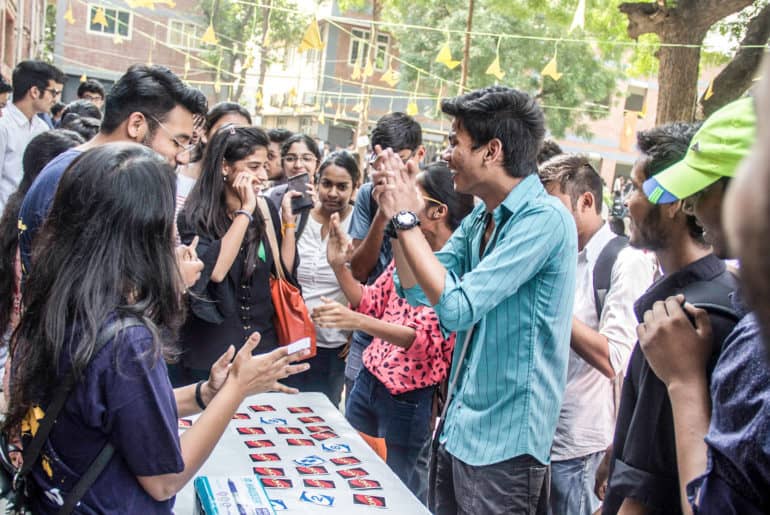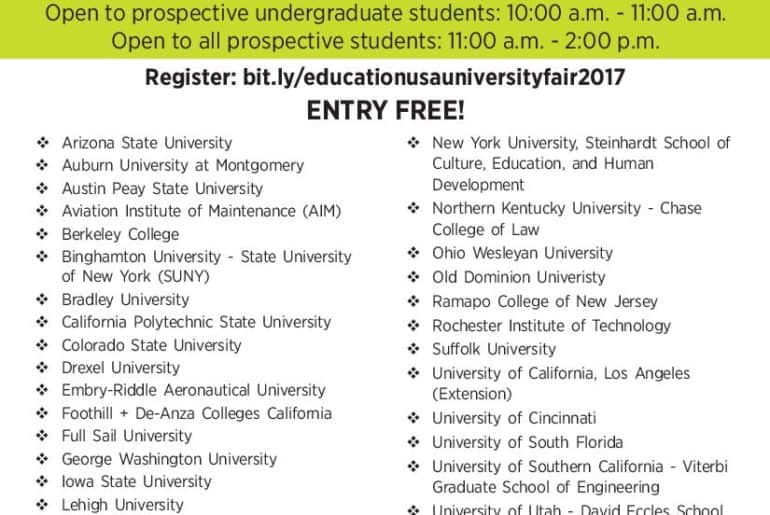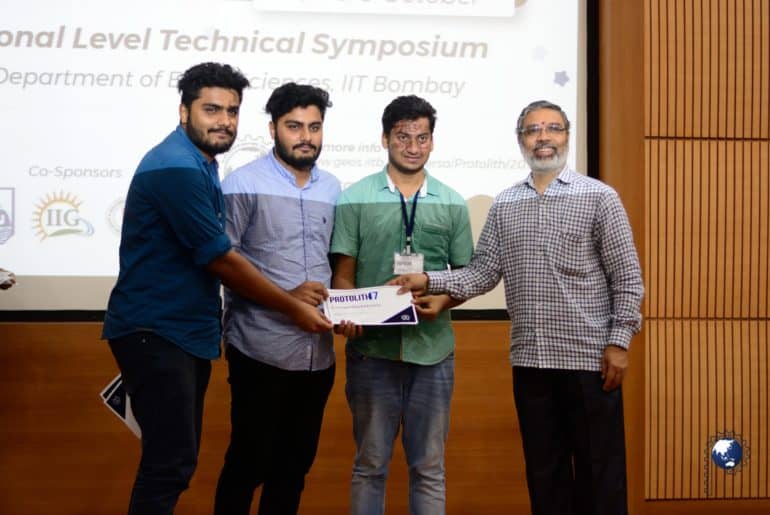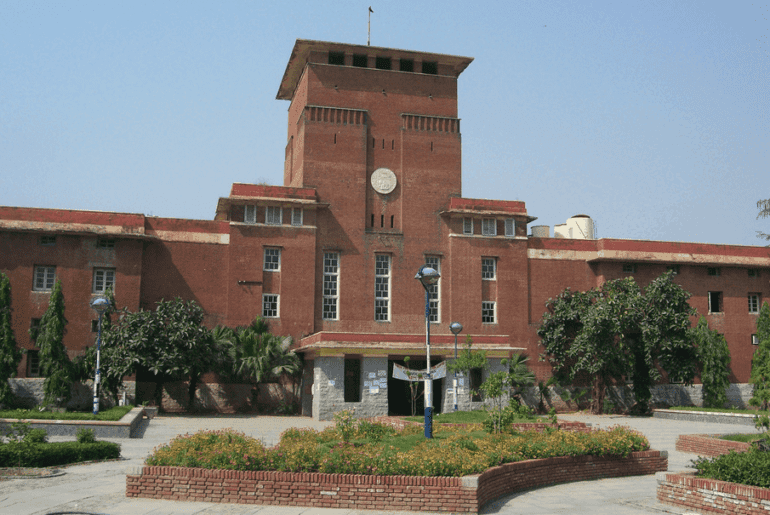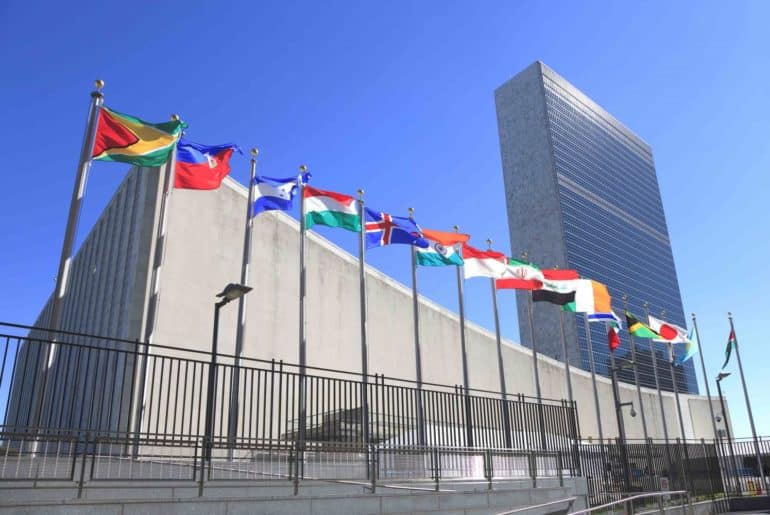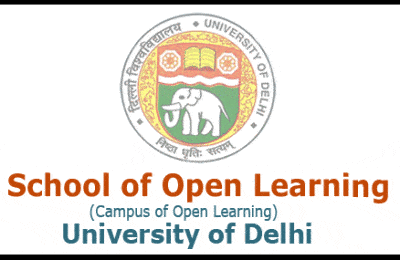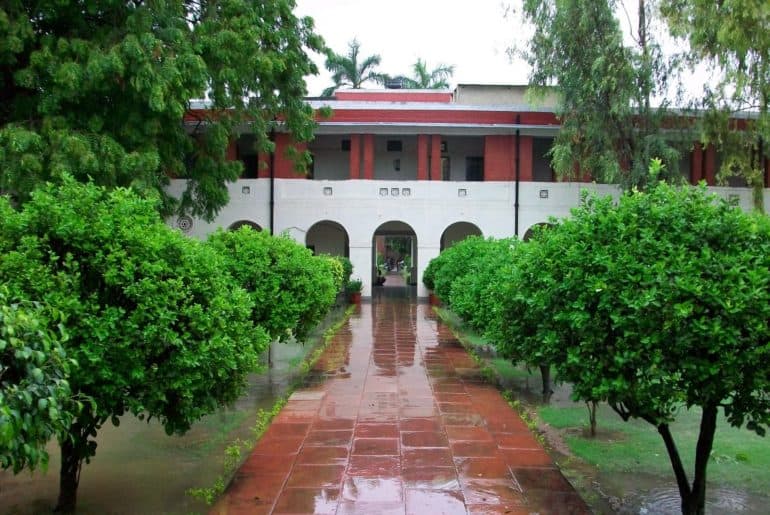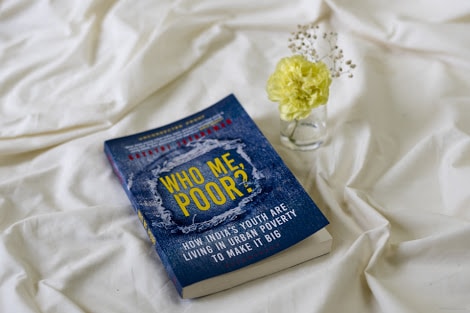After experiencing a restless level of anticipation from the students across colleges, Enactus Aryabhatta did justice to the long wait with Enactus day 2.0. The event experienced a prodigious response and ended with an extremely contented list of guests. The event began with all the focus directed towards the Project Utkarsh stall where the delectable wafers were sold out so quickly that even comparing them to ‘hot cakes’ would be unjust. The customer’s response at the event assured the group of students that their project is moving in a propitious direction.

Next insight came the game stalls, with the Lucky Uno game compelling people to repeatedly try out their luck.The Magic brick game brought out the Arnold Schwarzenegger within every participant and turned “I could easily do that!” into an impossible comment to make.
The handmade products were also a big hit amongst customers. If anyone went home disappointed, it’s only because they couldn’t get their hands on one of the Mason jars or lotus diyas before they sold out.

The event featured a mellifluous performance by the music society of Aryabhatta College that had the crowd gather around and sing to the dulcet tunes of the group. The Lemon and Spoon race, as anticipated, brought out the vying sportsman within every participant.
Last but not the least Enigmus, the treasure hunt competition, had the participants do anything and everything to emerge as the ultimate raider. From running around the college campus looking for clues, to making a human pyramid, the participants left no stone unturned in making this one of the most competitive events.
With Enactus day 2.0 experiencing a glorious end, the groups of social entrepreneurs now look forward to reaping similar success with their projects and continue to put in their complete efforts towards making this world a better place to live in, to make this world a place where we all win.
Watch this video to get a glimpse of the day!
Image Credits: Team Enactus Aryabhatta

